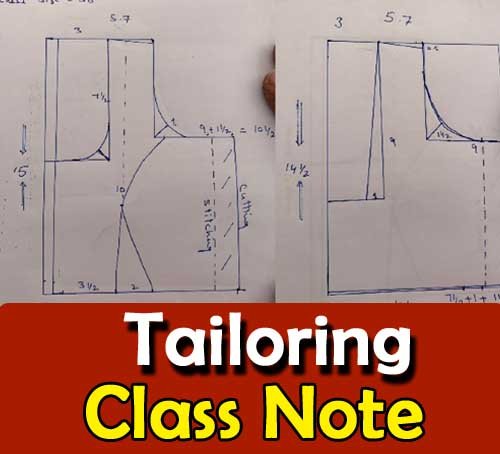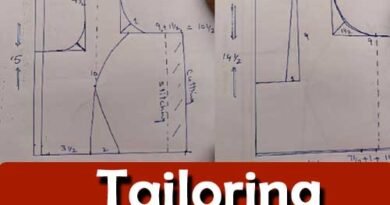Why and How to Fit?
Why and How to Fit?
To have a good fit of a garment, accurate calculations and design corrections is not enough. They can only provide an approximation of one’s figure needs. The other points to be considered to have a good fit are:
1 The stylishness of the attire whether it suits oneself or not.
2 The sufficient ease in the garment.
3 The posture and the individual figure of the wearer.
Only on a fabric test fit, these can be evaluated Since only minor changes can be made once the garment has been cut on the fabric Hence a test fit can save lot of waste There are times when test fit is not necessary, those are when one is sure of the style, know from experience how to adjust the pattern, have sufficient material to recut if necessary and have adequate seam allowances to borrow in crises But if one has any doubts whatsoever then test fitting is a must.
Usually used test material is muslin, bleached or unbleached; it should be used in a similar weight to that of the final fabric. Any other solid coloured plain weave fabric like poplin in a similar weight to final fabric would do. A plain surface is recommended as this clearly shows all seams, darts and other style details Layout the pattern cut and mark your test fit fabric with equal amount of care as you would your final garment fabric.
The fastest way to get the outcome of the finished garment without actual stitching is to overlay and pin all the seams lines Pinning gives the same result and information, that one wants without going to the machine. It is so faster to unpin and then re-pin. After that to rip stitching and re-stitching.
Pins must be placed at the right angle to the seam line, as in, this method there is least amount of straining or pull on the seam, and it does not gape. When test-fitting trousers remember to baste stitch the crotch seam Check the test fit muslin and make alteration till fully satisfied. Mark all the rectifications and the same should be relocated on the pattern for it is the paper pattern that one should use to cut the final fabric and not the test fit muslin. Mark new notches as the old ones may not hold good after the alterations. Check the lengths of two corresponding seams to ensure that the alterations have not created more problems, e.g. if you have corrected the dart intake of side seam dart in the front, check to ensure that both the side seams are still equal or not and if vital make the necessary changes.


